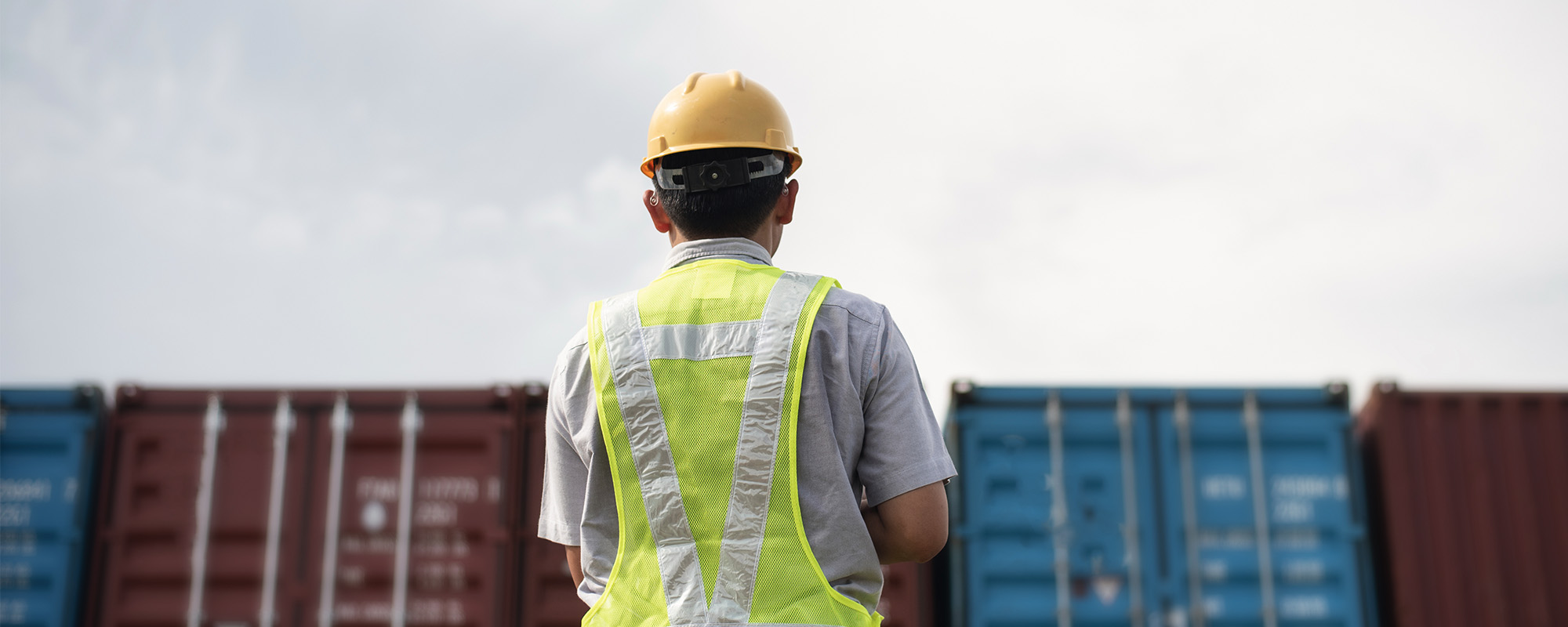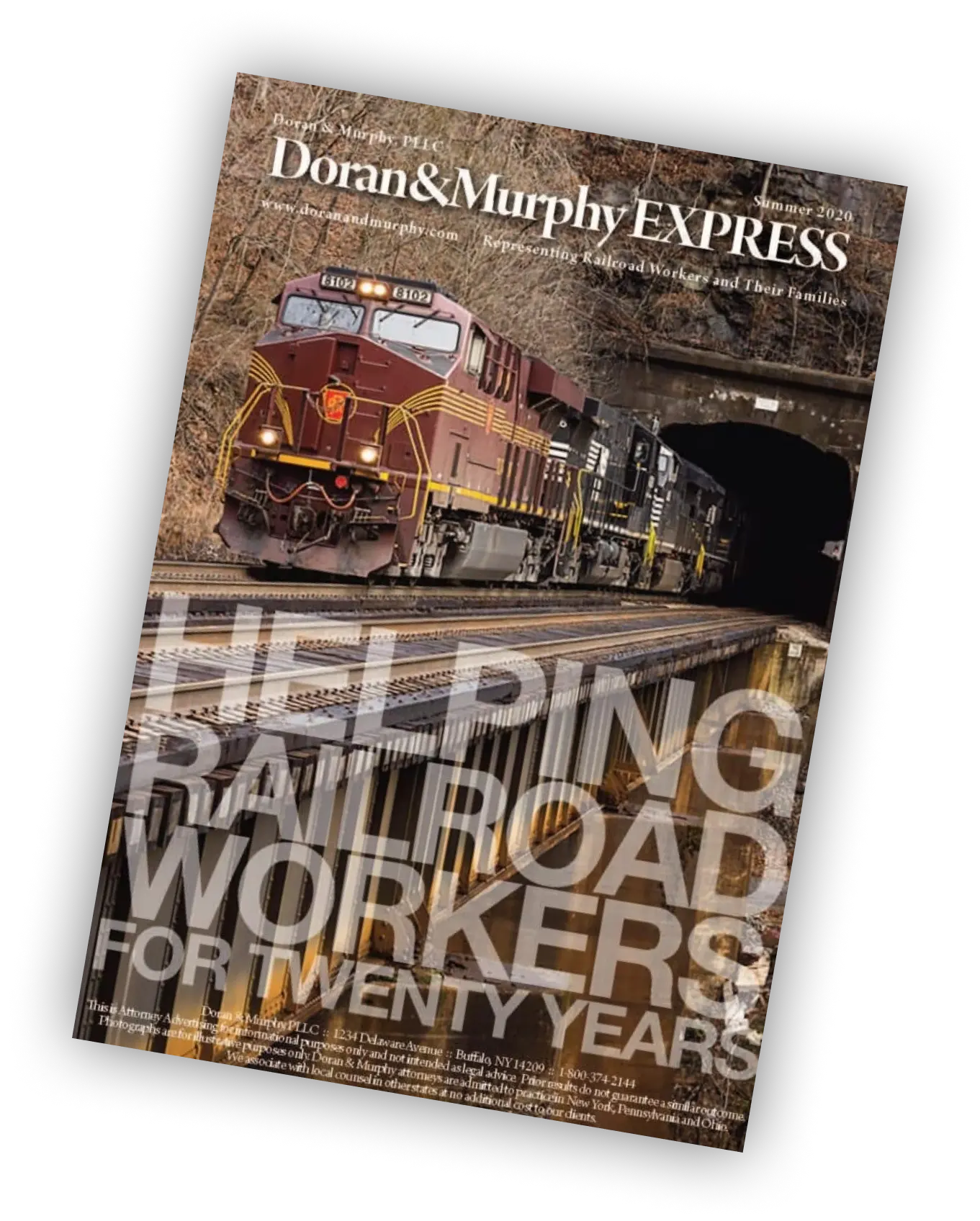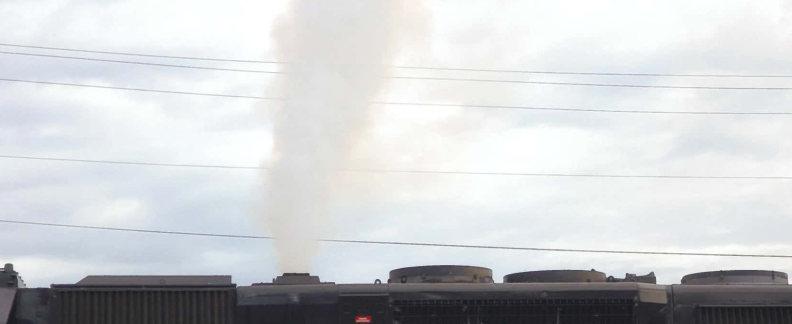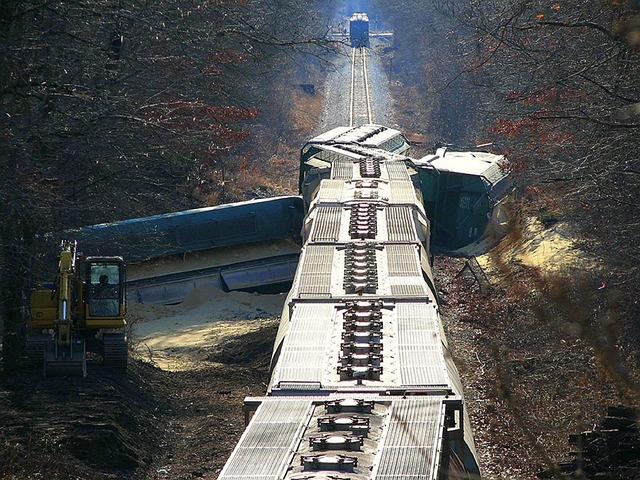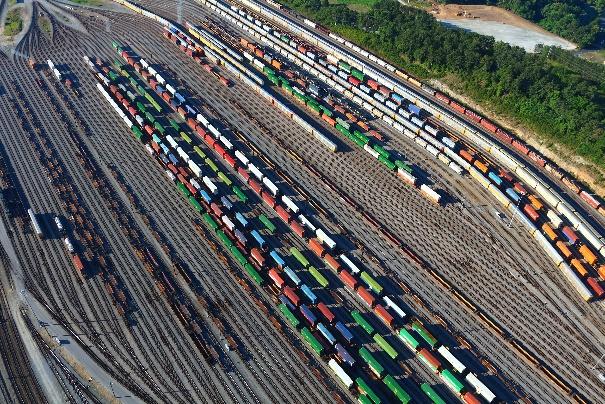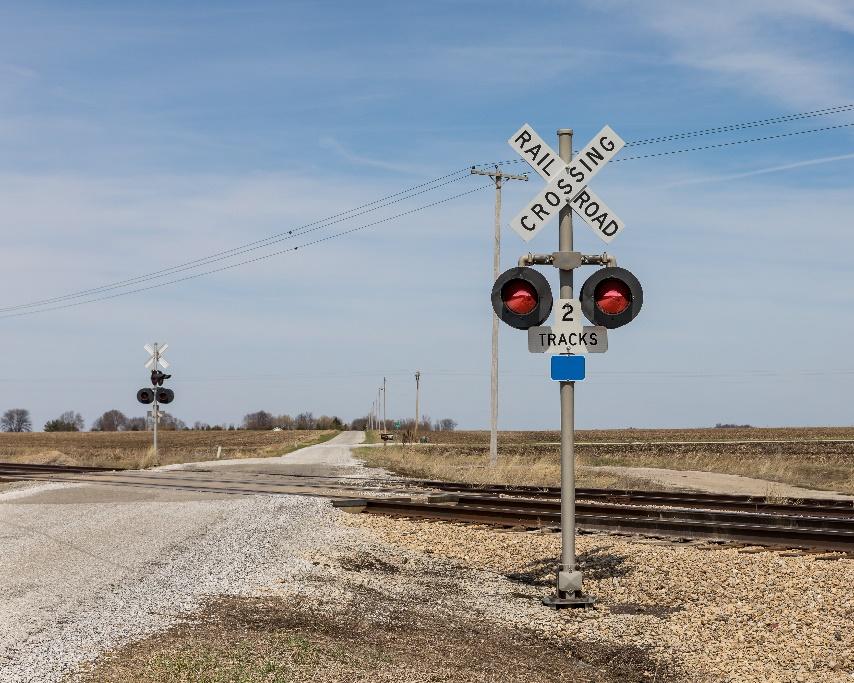
There are approximately 212,000 roadway-railroad crossings in the United States where railroad tracks and roadways intersect. There are different methods of giving notice to drivers of upcoming crossings including:
- Posted crossbuck signs;
- Pavement paint/markings;
- Lights;
- Lights and gates;
- No advance warning or notice (typically private crossings/crossings with very little car traffic).
Often the focus is on the motor vehicle or truck driver who can be hit by a large, heavy locomotive and suffer catastrophic injuries. However, the train crew is also at risk of serious injury when there is a crossing accident. It takes a lot of force to stop a train, and the emergency braking system combined with impact from the collision and possible derailment of the locomotive or trailing cars, can cause significant injury. Doran & Murphy has represented many train crew employees who have suffered injuries to their head, neck or back, shoulder injuries including torn rotator cuffs, and other joint injuries to elbows and knees.
Our office has represented injured railroad workers in lawsuits against drivers who fail to follow the proper rules when approaching a crossing, creating a dangerous condition. However, the railroad itself is often liable under the Federal Employers’ Liability Act as well, which can assist in recovery when a driver has inadequate insurance to compensate for the injuries. An experienced railroad attorney can determine if the railroad is also at fault.
Prior Incidents at the Crossing
The FRA maintains an inventory of railroad crossings across the United States. Within this inventory, there are incident reports from collisions that have occurred at the crossing in the past. If there have been prior incidents at the crossing, it can put the railroad on notice that they need to better protect the train crews passing over that crossing. In addition to collisions, train crews who report close-calls can demonstrate that the crossing needs additional care from the railroad. Finally, interviewing local residents or businesses can prove that the crossing was known to be hazardous. Sometimes surveillance video cameras at local businesses can show the regularity of improper driver behavior or near-collisions.
Vegetation/Obscured View for Oncoming Motorists
When weeds or other vegetation are allowed to become overgrown, drivers can be unaware that they are coming upon a railroad track, particularly where the crossing has only passive (no lights/gates) protection. Different entities can be responsible for maintaining the sight lines approaching the crossing, which a railroad attorney will be able to determine.
Improperly Maintained Track/Roadway at the Crossing
Our law firm has represented railroaders who have been injured in collisions with semi trucks that get stuck on crossings from broken down pavement at the crossing, excessive debris in the crossing (particularly near industries that produce significant dust), or “mounded” crossings where the pavement on either side of the crossing is lower than the crossing itself, and a semi’s heavy cargo causes the trailer to get caught on the crossing.
If you are a railroad worker who has been injured in a crossing accident, contact an experienced railroad attorney who can evaluate all the potentially liable parties.
